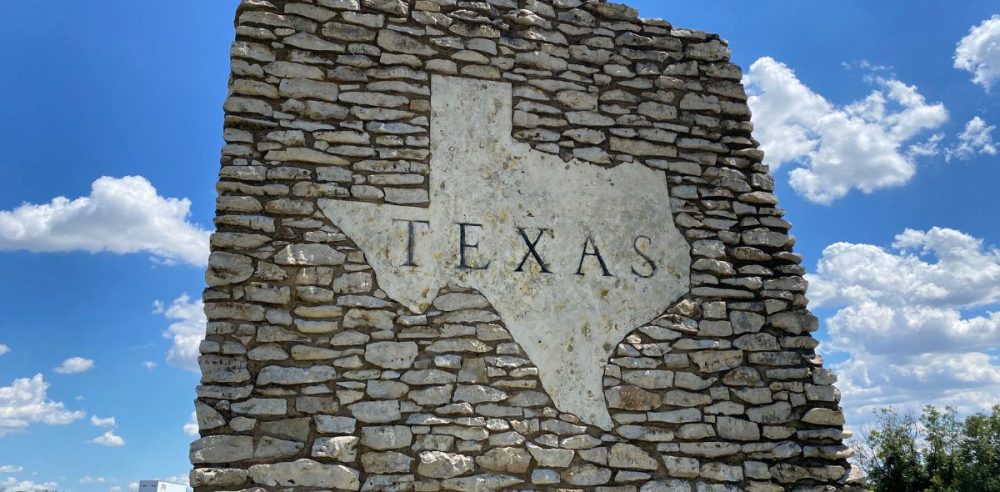Texas ranks near the bottom of the heap when it comes to safety, according to a recent report by the personal finance website WalletHub.
To compile the rankings, WalletHub analyzed data across 50 states on 52 key safety indicators, grouped into five categories: Personal and Residential Safety, Financial Safety, Road Safety, Workplace Safety, and Emergency Preparedness.
Chip Lupo, a WalletHub analyst, explained why these various categories were included in the study.
“The safest states in America protect their residents from harm in a multitude of different ways, from keeping crime rates low and maintaining safe roadways to having strong economies and job markets that prevent people from falling into dangerous financial situations. They have high levels of occupational safety and disaster preparedness, too,” Lupo said.
He added that efforts taken at the individual level, such as forming neighborhood watch groups or working as firefighters, contribute to the state’s overall safety.
Texas ranked 48th out of 50 for overall safety, just ahead of Mississippi and Louisiana, which was dead last. Florida and Arkansas outranked Texas slightly, at No. 46 and No. 47, respectively.
States in the northeastern portion of the U.S. claimed the top four rankings for overall safety, with Vermont at No. 1, New Hampshire at No. 2, Maine at No. 3, and Massachusetts at No. 4. Utah claimed the No. 5 spot for the safest state in America.
In the category of Personal and Residential Safety, Texas was ranked No. 39. This category included metrics such as the presence of terrorist attacks, the number of mass shootings, the number of murders, thefts, assaults, and sex offenders per capita, the number of law enforcement per capita, and more.
In the category of Financial Safety, Texas ranked at No. 38. Financial safety includes data such as the share of the uninsured population, the unemployment rate, the poverty rate, the foreclosure rate, identity theft per capita, and the foreclosure rate, among others.
Road Safety includes information such as the number of DUIs per capita, the pedestrian and cyclist fatality rate, vehicle fatalities, road quality, traffic “indiscipline,” share of uninsured drivers, and driving laws rating. Texas was ranked No. 44 in this category.
Texas ranked at No. 32 for Workplace Safety. This category includes the rate of fatal occupational injuries, the rate of illnesses and injuries among full-time workers, median days lost to occupational injuries and illnesses, and the presence of Occupational Safety and Health Act plans.
The last category, Emergency Preparedness, considers the number of climate disasters causing $1 billion or more in damages in the last 44 years, and the actual loss amount from such climate disasters during that same period. Texas ranked No. 48 in this category.
Dr. James O’Keefe, an associate professor of criminal justice and homeland security, noted the impact that the ongoing police shortage has on safety.
“Law enforcement labor shortages are clearly having an adverse impact on public safety throughout the United States. Understaffed police agencies cannot do effective jobs in their preventive and proactive work if they are totally dedicated to simply reacting to crime and responding to 911 calls for service,” O’Keefe said, per WalletHub.
Patrick J. Solar, an associate professor of criminal justice and a retired chief of police, told WalletHub that police officers need to be rewarded for engagement with the community.
“I am not talking about crackdowns here, just for the cops to pay attention, get out of the damn car and approach people, ask questions, and listen to them, taking enforcement action when necessary. Engaged cops, backed up by similar efforts of law-abiding citizens, are what is needed to bring order back, reduce crime, and help people feel less fearful. We need to work together to send a loud and clear message that someone cares,” Solar said.
Andrew Burnstine, an associate professor at Lynn University College of Business Management, said that choosing a safe place to live involves weighing the risks and finding a balance.
“Recent statistics show that no area is free from risks, but informed decision-making can help mitigate threats,” Burnstine told WalletHub. “By analyzing crime trends, environmental risks, workplace safety, and economic stability, individuals can find a balance between safety and lifestyle, ensuring a safer, healthier living environment.”


